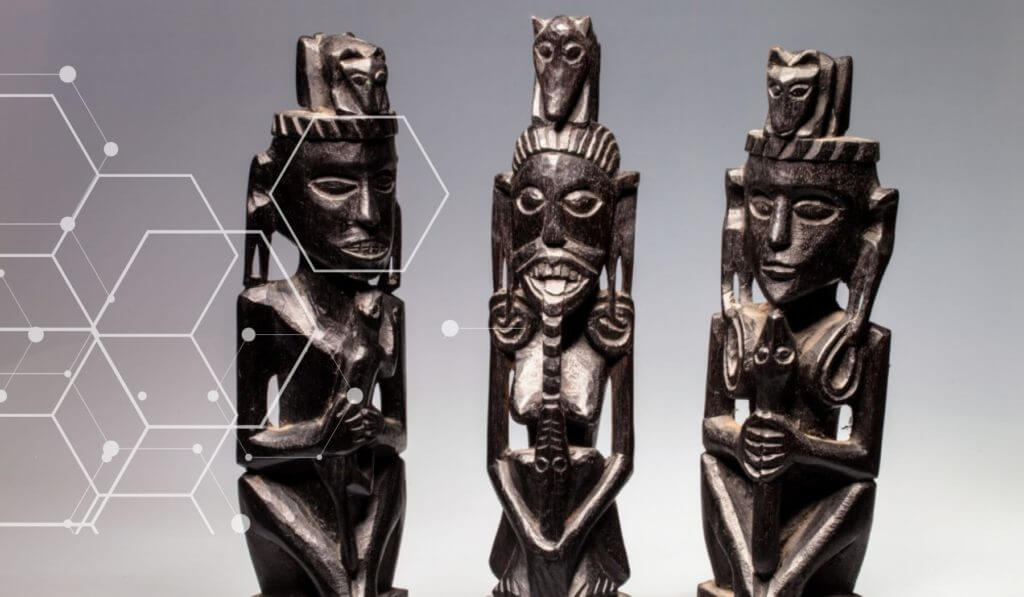Carbon 14 dating of wood carvings
Discover the techniques used by CIRAM laboratories to date wood carvings, including dating methods, calibration of results and interpretation.

CIRAM laboratories offer carbon 14 dating for your works of art whether they are made of wood, ivory, bone, timber, plant fibers… or organic material in general.
How does 14 dating of wood sculptures work?
In the late 1940s, American researchers discovered how to use the properties of natural carbon 14 radioactivity to date organic materials. Carbon-14 dating was then exploited by Williard Frank Libby as early as the 1950s on Egyptian samples.
Radiocarbon (carbon-14) dating makes it possible to determine the time elapsed since the death of an organism. This method has revolutionized archaeology, as it is possible to date artifacts made of wood, bone, tooth, textile or even plant macro remains, up to 60,000 years.
How does radiocarbon dating work?
This technique, which is used in the laboratory, is based on measuring the amount of carbon 14 remaining in an organism. C14 is a radioactive isotope of carbon that will progressively decrease upon the death of the organism according to the known exponential law. It is estimated that the quantity of carbon 14 is divided by two every 5730 years. Beware, beyond 60,000 years, the amount of carbon 14 will be too low to provide a dating.
For the measurement of radiocarbon, our scientists use advanced technologies such as mass spectrometry coupled to a particle gas pedal (AMS). This method is a revolution in the world of dating since it requires very little material (1 mg of carbon compared to 1g previously), a minimum of time (about 1 hour of counting instead of several days or weeks in the past) and for a more accurate result.
The calibration of results
To obtain reliable and relevant data, it is important to calibrate the results from:
- Gross age: expressed in BP years, before present”, which is based on the assumption that the concentration of carbon 14 has been constant in time and space.
